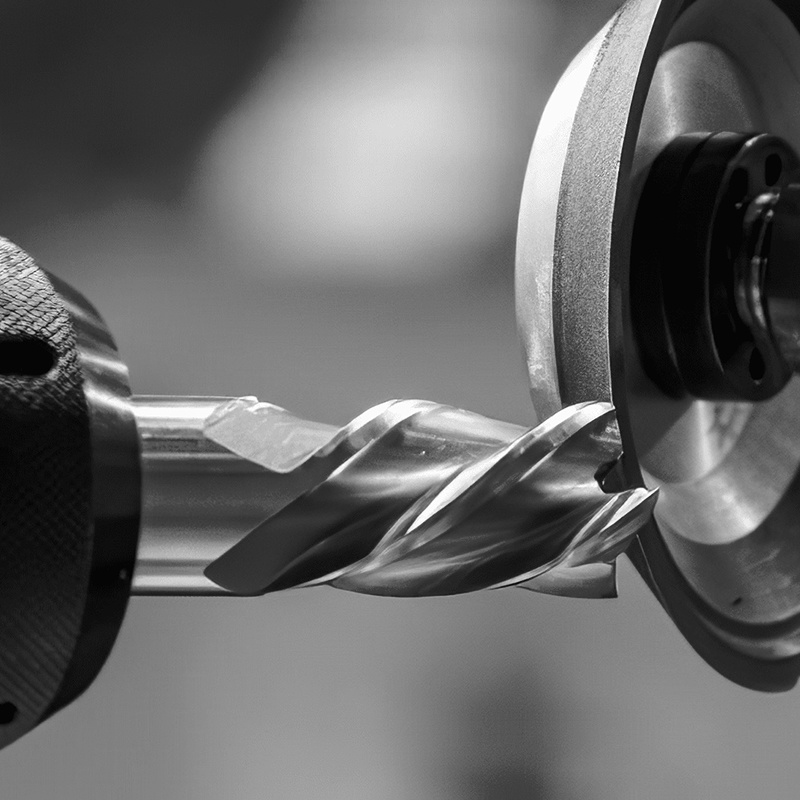23
2025
-
05
How to choose end mill helix angle for titanium alloys?
In metal cutting, titanium alloy is often used in aerospace, medical devices and high-end manufacturing due to its excellent strength and corrosion resistance. However, this material has poor thermal conductivity and is prone to high temperatures and tool wear during machining, thus placing higher demands on the end mills used for titanium alloys. Choosing the right helix angle is one of the key factors in improving machining efficiency and surface quality.
The helix angle is a crucial design feature of end mills that directly influences chip evacuation, cutting stability, and the direction of cutting force. For titanium and other hard-to-machine materials, a helix angle between 35° and 45° is generally recommended. A higher helix angle promotes smoother chip evacuation, reduces cutting temperature, and minimizes built-up edge formation. It also contributes to a better surface finish. In CNC precision machining, using high-performance carbide end mills with a 45° helix angle can significantly enhance cutting stability and extend tool life.

Of course, the optimal helix angle must also take into account actual machining conditions such as cutting depth, feed rate, and machine tool rigidity. A helix angle that is too small may lead to poor chip evacuation and increased wear, while an excessively large angle can cause vibration and reduce dimensional accuracy. For specific applications, it is recommended to consult with the experts at JEEKVISEN to receive tailored tooling solutions.




